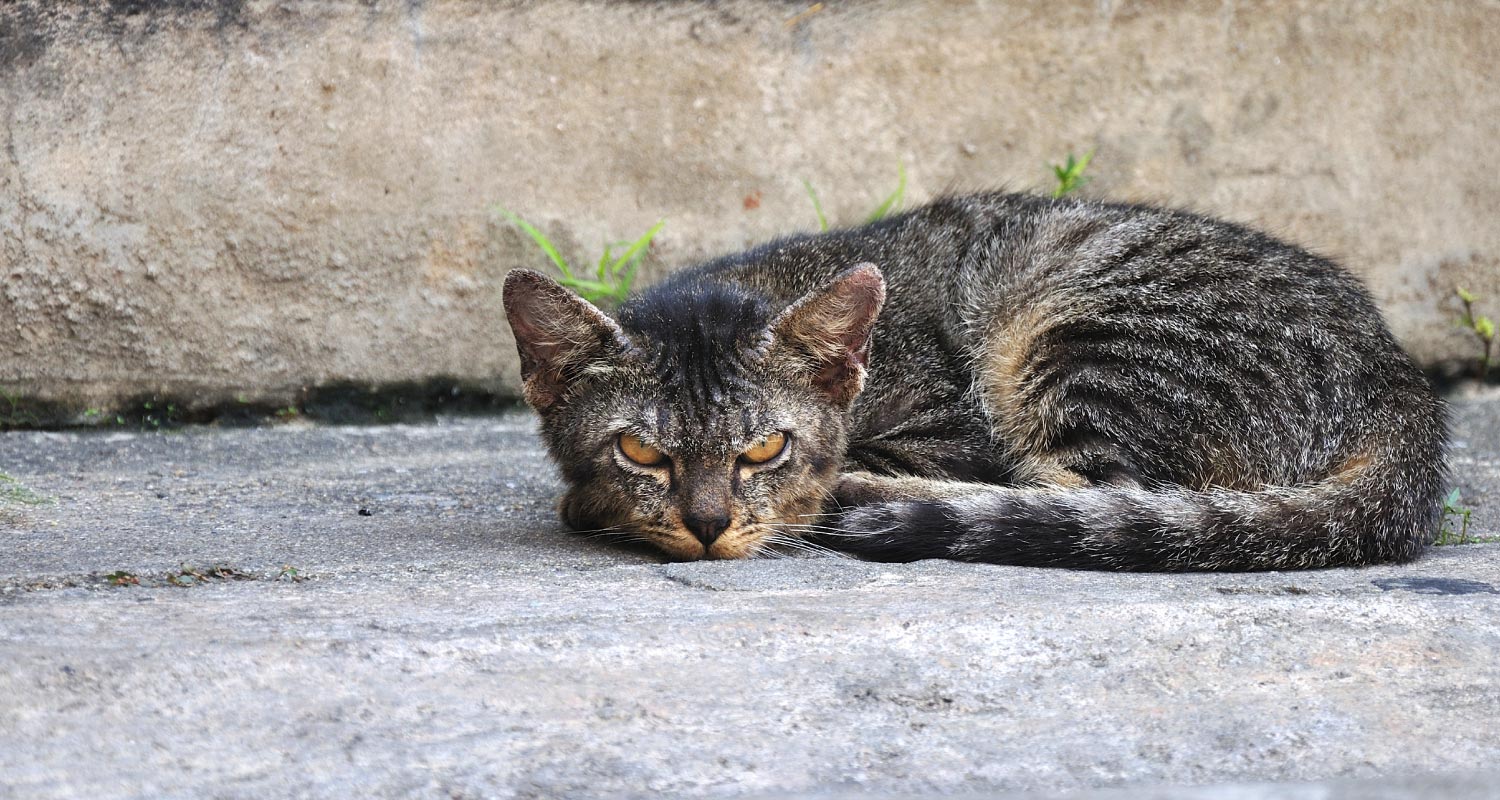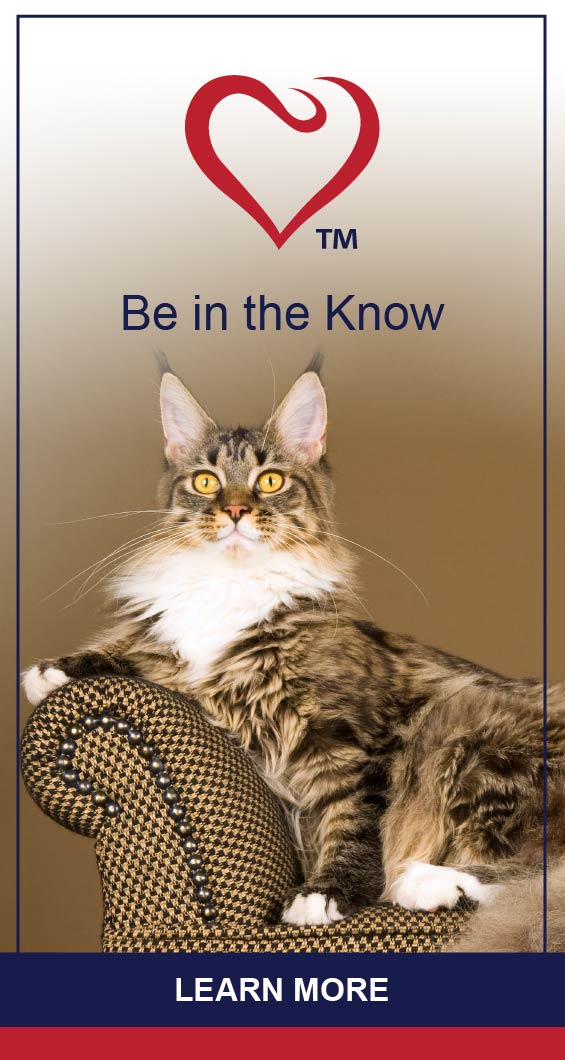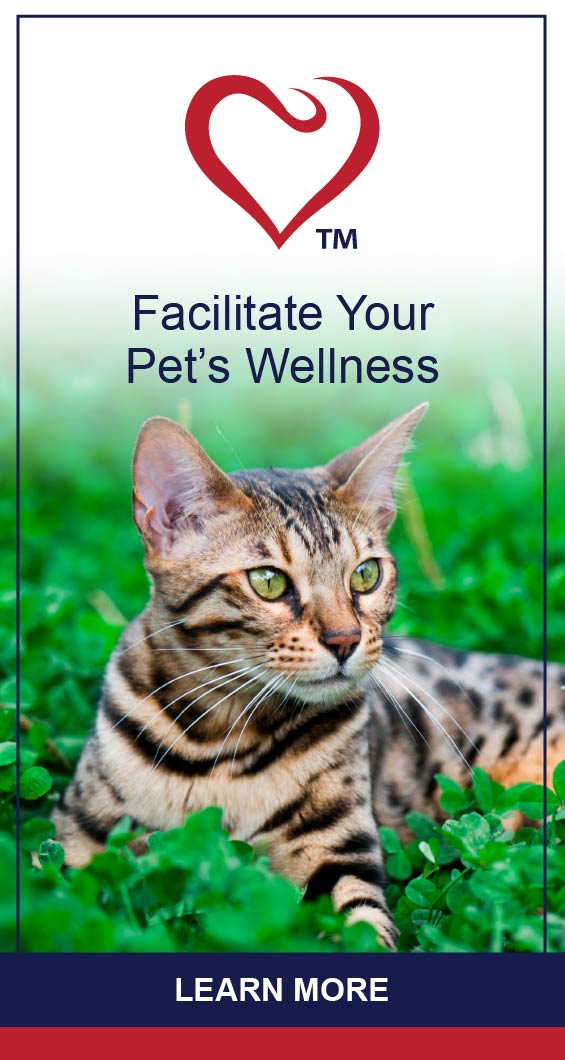
TRENDING

SIGN UP and Start Receiving
Our Monthly Newsletter,
The Chronicles
WHAT YOU NEED TO KNOW ABOUT FERAL CATS

The first thing you need to know is that feral cats are not stray cats or free-roaming cats.
- Feral cats are basically wild cats
- Stray cats were once pets, but got lost or were abandoned
- Free-roaming cats are domestic cats that tend to roam
Some free-roaming cats don’t necessarily have owners or shelters, but they get food and water from caretakers.
MORE ABOUT FERAL CATS
Feral cats often live in a colony (a group of feral cats), but they can also live alone and take care of themselves. It’s important to remember that they are wild cats.
Many feral cats have never interacted with or been close to humans because they were born and ‘raised’ in a colony.
WHAT MAKES FERAL CATS DIFFERENT?
You won’t often come across one, but if you do see a colony of cats, they are bound to be feral.
It’s what sets them apart from other cats. In a colony they have the numbers to guard their territory which is usually an area with relatively easy and consistent access to food.
ARE FERAL CATS DANGEROUS?
Feral cats will usually stay away from humans, but domestic cats are not that safe when it comes to contracting parasites and (possibly deadly) diseases from feral cats.
Feral cats can actually endanger themselves when overpopulation leads to starvation. Some people believe this is where one should or can step in and help.
HOW DO FERAL CATS BEHAVE WHEN APPROACHED?
Generally it’s not advised to attempt interaction, but if you feel the need to help there’s a few things you should know.
- Don’t expect eye contact, it’s not their thing
- They tend to run and hide, so don’t expect a warm welcome or gratitude
- Cowering, crouching and tail tucking are all normal behaviours for a feral cat that feels trapped or threatened (strays and roaming cats tend to do the opposite stance and gait wise)
- Unlike pet cats, feral cats don’t have that connection with humans, so don’t expect meowing or purring (they usually reserve those for their colony members)
HOW DO FERAL CATS LOOK COMPARED TO OTHER CATS?
Stray cats usually look scruffy as a result of permanently living outdoors.
Of course feral cats also live outside, but looks can be deceiving, especially when considering female feral cats that tend to groom. Male feral cats and older feral cats have a few different characteristics as a result of their lifestyle:
- Large and muscular built from adequate food supply and fighting other feral cats
- Older males usually have numerous scars on their heads and hind legs
- Both males and females can have bumps and hairless areas near their tails which is usually the result of high hormone levels because they haven’t been spayed or neutered
- High testosterone in males can be responsible for a greasy and a spiky coat
- Although it’s rare, some feral cats have been neutered and will usually have a tipped ear (the universal sign) as evidence
Ear tipping is a swift alteration done under sedation during the spaying or neutering procedure.
SLEEPING HABITS
It’s normal for feral cats to sleep during the day and ‘come alive’ in the late afternoon or early evening. Even though most cats don’t mind (and even like) being in the dark, a cat that is out late, is probably a feral cat.
It’s also fairly common to see feral cats hunting in groups. Hunting and playing before dawn is not uncommon either. Another giveaway is burrowing the morning’s ‘catch’ for later.
HOW CAN YOU HELP FERAL CATS?
If you want to adopt, there’s usually only some hope for domestication if you can catch a feral kitten, as in under 8 weeks old.
Any older and a feral cat is bound to feel out of place and constantly frightened in a confined space with unfamiliar rules and routines. It’s also too late to start socialisation, so anything new and strange will most probably cause distress and affect their wellbeing.
If you really want to adopt an older feral cat, you’ll need be realistic and give up when it doesn’t work out. If the cat doesn’t adapt, remains fearful and always hides, the best thing you can do as a responsible animal lover (and for the sake of the cat’s wellbeing), is to have the cat neutered or spayed, vaccinated and returned to the wild where it’s most comfortable.
Related Article
Evolution: the Origin Of Cats Read Now















